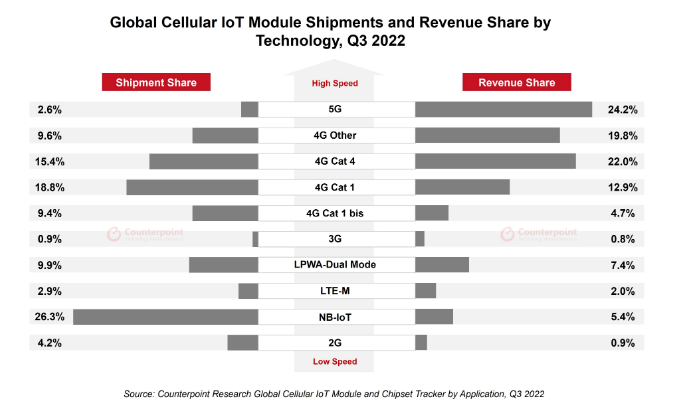Energy-efficient encryption for the IoT

MITA chip, hardwired to perform public-key encryption that is said to consume only 1/400 as much power as software execution of the same protocols would, has been built by MIT. The researchers also claim it uses about 1/10 as much memory and executes 500 times faster.
Most sensitive web transactions are protected by public-key cryptography and in computer networks, they’re executed by software. However, that won’t work in the IoT, an envisioned network that would connect many different sensors to online servers. MIT explains that embedded sensors that need to
maximise battery life can’t afford the energy and memory space that software execution of encryption protocols would require.
The new chip uses elliptic-curve encryption which is said to be able to handle not just specific, but any elliptic curve.
“Cryptographers are coming up with curves with different properties, and they use different primes,” says Utsav Banerjee, an MIT graduate student in electrical engineering and computer science. “There is a lot of debate regarding which curve is secure and which curve to use and there are multiple governments with different standards coming up that talk about different curves. With this chip, we can support all of them and hopefully, when new curves come along in the future, we can support them as well.”
The researchers decomposed the cryptographic computation into its constituent parts to create their chip. Elliptic-curve cryptography relies on modular arithmetic. If the result of some calculation exceeds the limit, it’s divided by it and only the remainder is preserved. So one of the computations which the MIT chip devotes a special-purpose circuit to is modular multiplication.
The chip’s modular multiplier is huge because elliptic-curve cryptography deals with large numbers. MIT explains that typical modular multiplier would be able to manage numbers with 16 or maybe 32 binary digits, or bits. For larger computations, it explains, the results of discrete 16- or 32-bit multiplications would be integrated by additional logic circuits.
MIT says its chip’s modular multiplier can handle 256-bit numbers. Eliminating the extra circuitry for integrating smaller computations is said to both reduce the chip’s energy consumption and increase its speed.
In previous chips dedicated to elliptic-curve cryptography, inversions were performed by the same circuits that did the modular multiplications. The MIT chip has instead been equipped with a special-purpose inverter circuit. This is said to increase the surface area by 10%, while cutting power consumption in half.
The datagram transport layer security protocol which governs the elliptic-curve computations, formatting, transmission and handling of the encrypted data is said to be hardwired into the MIT chip. This, MIT says, reduces the amount of memory required for its execution.
The chip is said to also feature a general-purpose processor that can be used in conjunction with the dedicated circuitry to execute other elliptic-curve-based security protocols.
“They move a certain amount of functionality that used to be in software into hardware,” explains Xiaolin Lu, director of the IoT lab at Texas Instruments. “That has advantages that include power and cost. But from an industrial IoT perspective, it’s also a more user-friendly implementation. For whoever writes the software, it’s much simpler.”
在线留言询价
- 一周热料
- 紧缺物料秒杀
| 型号 | 品牌 | 询价 |
|---|---|---|
| TL431ACLPR | Texas Instruments | |
| RB751G-40T2R | ROHM Semiconductor | |
| CDZVT2R20B | ROHM Semiconductor | |
| MC33074DR2G | onsemi | |
| BD71847AMWV-E2 | ROHM Semiconductor |
| 型号 | 品牌 | 抢购 |
|---|---|---|
| BP3621 | ROHM Semiconductor | |
| TPS63050YFFR | Texas Instruments | |
| BU33JA2MNVX-CTL | ROHM Semiconductor | |
| STM32F429IGT6 | STMicroelectronics | |
| IPZ40N04S5L4R8ATMA1 | Infineon Technologies | |
| ESR03EZPJ151 | ROHM Semiconductor |
- 周排行榜
- 月排行榜
AMEYA360公众号二维码
识别二维码,即可关注
























